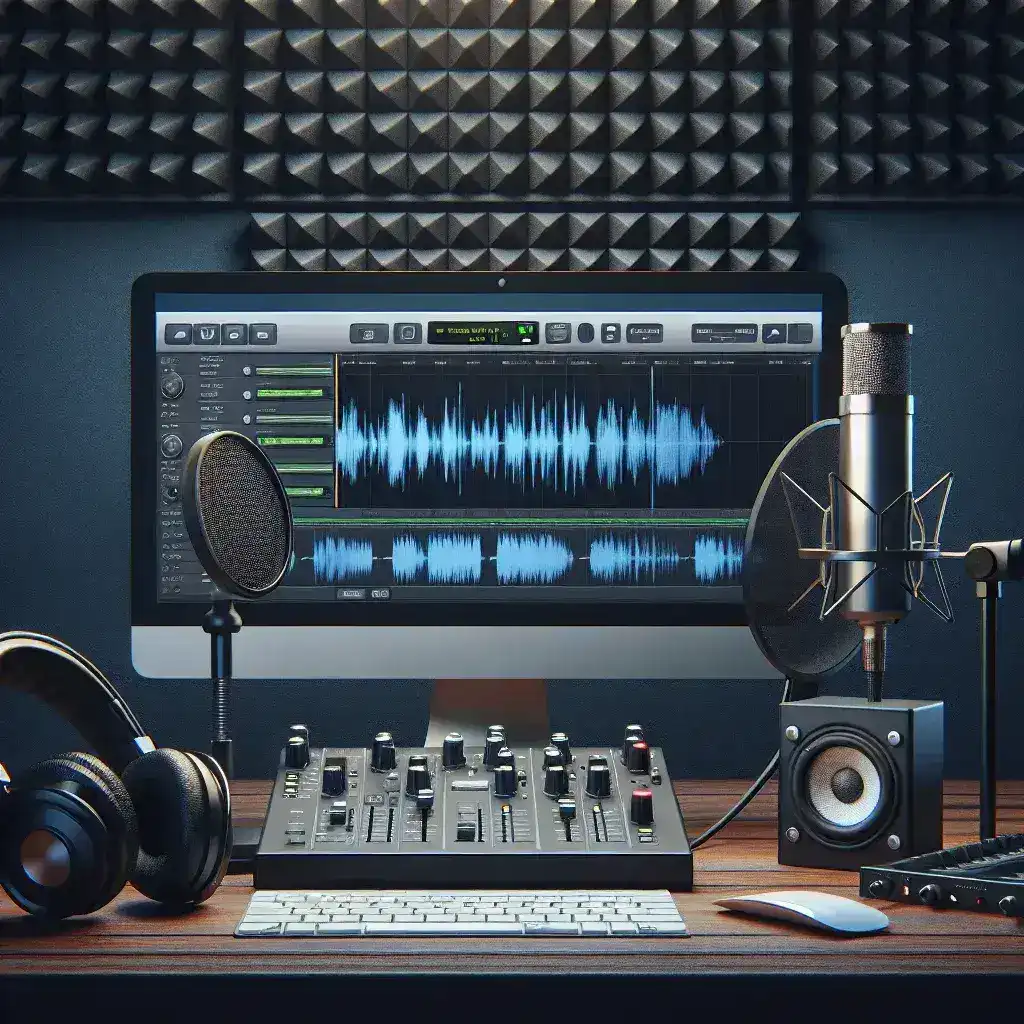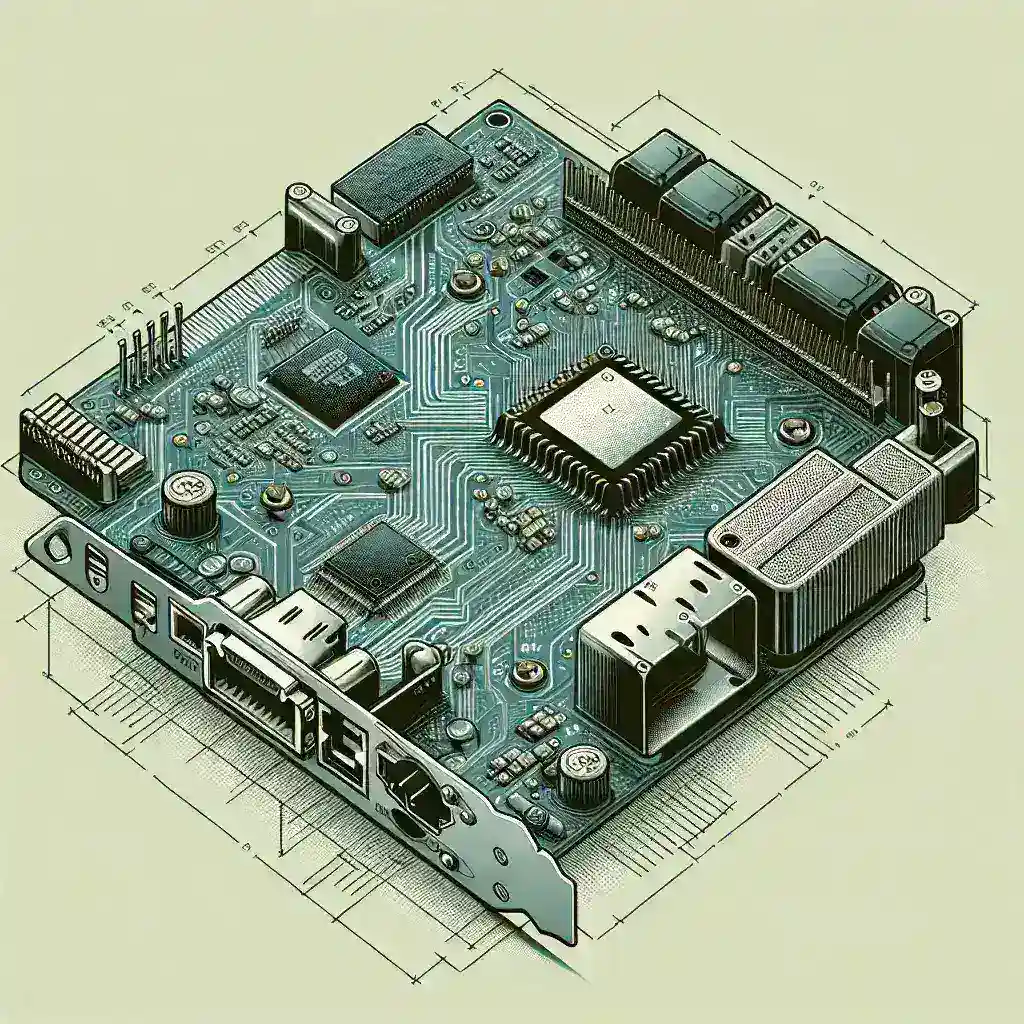In the realm of audio post-production, achieving pristine vocal quality is paramount for creating professional-grade content. Whether you’re working on podcasts, films, music recordings, or corporate videos, the clarity and quality of voice recordings can make or break your project. This comprehensive guide explores the most effective tools and techniques for voice cleanup in post-production, helping audio professionals and enthusiasts alike achieve broadcast-quality results.
Understanding Voice Cleanup Fundamentals
Voice cleanup in post-production involves removing unwanted noise, enhancing vocal clarity, and optimizing audio quality to meet professional standards. This process typically addresses several common issues including background noise, room tone inconsistencies, mouth clicks, breathing sounds, and frequency imbalances that can detract from the overall listening experience.
The modern audio professional has access to an unprecedented array of digital tools designed specifically for voice enhancement. These solutions range from simple noise gates to sophisticated AI-powered processors that can intelligently identify and remove specific types of audio artifacts while preserving the natural character of the human voice.
Industry-Leading Software Solutions
iZotope RX Suite
Widely regarded as the gold standard in audio restoration, iZotope RX offers an comprehensive suite of tools specifically designed for voice cleanup. The software’s spectral editing capabilities allow users to visualize audio problems and surgically remove unwanted elements. Key features include the Dialogue Isolate module, which can separate speech from background noise, and the Mouth De-click tool that eliminates distracting mouth sounds with remarkable precision.
The RX suite’s AI-powered features, such as the Music Rebalance and Voice De-noise modules, utilize machine learning algorithms to distinguish between desired vocal content and problematic audio elements. This intelligent approach ensures that voice cleanup processes maintain the natural timbre and character of the original recording.
Adobe Audition
Adobe Audition provides a robust platform for voice cleanup with its integrated noise reduction and spectral frequency display tools. The software’s Adaptive Noise Reduction feature automatically analyzes audio content and applies appropriate filtering, while the Spectral Frequency Display allows for precise manual editing of problematic frequencies.
The DeNoise effect in Audition is particularly effective for handling consistent background noise, such as air conditioning hum or computer fan noise. Additionally, the software’s multitrack editing environment facilitates complex voice cleanup workflows where multiple audio sources require simultaneous processing.
Waves Audio Plugins
Waves offers a comprehensive collection of plugins specifically designed for voice enhancement. The Waves NS1 Noise Suppressor provides real-time noise reduction with a simple, intuitive interface that makes it accessible to both beginners and professionals. The Z-Noise plugin offers more advanced spectral noise reduction capabilities with detailed parameter control.
For more specialized voice cleanup tasks, the Waves DeBreath plugin automatically detects and reduces breathing sounds, while the X-Click plugin addresses mouth clicks and other transient noise issues that commonly occur in close-microphone recordings.
Advanced Hardware Solutions
Cedar Audio DNS Series
Cedar Audio’s DNS (Dynamic Noise Suppression) series represents the pinnacle of hardware-based voice cleanup technology. These units are widely used in broadcast facilities and high-end post-production studios worldwide. The DNS 8 Live provides eight channels of real-time noise suppression, making it ideal for live broadcast applications and multi-channel voice cleanup scenarios.
The Cedar DNS technology employs sophisticated algorithms that can distinguish between voice and noise in real-time, allowing for aggressive noise reduction without introducing artifacts or compromising vocal quality. This hardware approach offers the advantage of dedicated processing power and ultra-low latency performance.
TC Electronic Clarity M
The TC Electronic Clarity M offers broadcast-quality voice processing in a compact hardware format. This unit combines noise reduction, de-essing, and dynamic range control in a single device optimized for voice applications. The Adaptive Voice Enhancement algorithm automatically adjusts processing parameters based on the incoming audio content, ensuring consistent results across varying recording conditions.
Specialized AI-Powered Solutions
Krisp AI Noise Cancellation
Krisp represents a new generation of AI-powered voice cleanup tools that can operate in real-time during recording or be applied in post-production. The software uses machine learning models trained on millions of audio samples to identify and remove background noise while preserving voice quality. This technology is particularly effective for cleaning up recordings made in challenging acoustic environments.
Adobe Podcast Enhance
Adobe’s Podcast Enhance tool leverages artificial intelligence to automatically improve voice recordings with minimal user intervention. The system can remove background noise, reduce echo, and enhance vocal clarity using cloud-based processing power. This browser-based solution makes professional-quality voice cleanup accessible to content creators without requiring specialized software or technical expertise.
Essential Techniques for Effective Voice Cleanup
Noise Profiling and Reduction
Effective noise reduction begins with accurate noise profiling. Most professional tools require users to identify a section of audio containing only the unwanted noise, which the software then uses as a reference for removal throughout the entire recording. Proper noise profiling is crucial for achieving natural-sounding results without introducing artifacts.
When applying noise reduction, it’s important to use conservative settings initially and gradually increase the processing intensity. Over-aggressive noise reduction can result in a processed, unnatural sound that may be more distracting than the original noise.
Frequency-Specific Processing
Voice cleanup often requires targeted processing of specific frequency ranges. Low-frequency rumble can be addressed using high-pass filtering, typically set between 80-120 Hz for male voices and 100-150 Hz for female voices. High-frequency noise, such as tape hiss or digital artifacts, can be managed using gentle low-pass filtering or specialized de-hissing tools.
Parametric equalization allows for precise frequency sculpting to enhance vocal clarity and presence. Subtle boosts in the 2-5 kHz range can improve speech intelligibility, while careful reduction of harsh frequencies between 1-3 kHz can eliminate harshness without compromising clarity.
Dynamic Range Control
Consistent vocal levels are essential for professional-sounding voice recordings. Compression can help control dynamic range while maintaining natural vocal dynamics. Gentle compression ratios of 2:1 to 4:1 with slow attack times preserve the natural character of speech while providing level consistency.
For more aggressive level control, limiting can prevent peaks from exceeding specified thresholds. Modern limiters with look-ahead capability can provide transparent peak control without introducing distortion or pumping artifacts.
Workflow Optimization Strategies
Multi-Stage Processing
Professional voice cleanup often involves multiple processing stages, each addressing specific issues. A typical workflow might begin with broadband noise reduction, followed by de-clicking, breath reduction, and finally equalization and compression. This staged approach allows for more precise control and better overall results than attempting to address all issues with a single processor.
Reference Monitoring
Accurate monitoring is crucial for effective voice cleanup. Professional studio monitors or high-quality headphones allow engineers to hear subtle details and artifacts that might not be apparent on consumer-grade speakers. Regular comparison between processed and unprocessed audio helps ensure that cleanup efforts are improving rather than degrading the original recording.
Cost-Effective Solutions for Independent Creators
While professional-grade tools offer superior capabilities, budget-conscious creators can achieve excellent results using more affordable alternatives. Audacity, a free, open-source audio editor, includes basic noise reduction and spectral editing tools suitable for many voice cleanup tasks.
Reaper, a low-cost digital audio workstation, provides excellent value with its comprehensive plugin suite and flexible routing capabilities. When combined with free plugins such as ReaFir for noise reduction and ReaGate for gating, Reaper can handle most voice cleanup requirements at a fraction of the cost of high-end solutions.
Future Trends in Voice Cleanup Technology
The future of voice cleanup technology lies in increasingly sophisticated artificial intelligence and machine learning applications. Neural network-based processors are becoming more capable of understanding context and making intelligent decisions about what constitutes desirable versus undesirable audio content.
Real-time processing capabilities continue to improve, with cloud-based solutions offering powerful processing without requiring expensive local hardware. This democratization of professional-quality tools is making high-end voice cleanup capabilities accessible to a broader range of content creators.
Best Practices for Professional Results
Achieving professional-quality voice cleanup requires attention to detail and adherence to established best practices. Always work with high-quality source material whenever possible, as cleanup tools cannot compensate for fundamentally poor recordings. Maintain organized project files and document processing settings to ensure consistency across multiple sessions.
Conservative processing typically yields better results than aggressive correction attempts. It’s often better to accept minor imperfections than to introduce artifacts through over-processing. Regular breaks during editing sessions help maintain perspective and prevent ear fatigue that can lead to poor decision-making.
The landscape of voice cleanup tools continues to evolve rapidly, with new technologies and techniques emerging regularly. By understanding the capabilities and limitations of different approaches, audio professionals can select the most appropriate tools for their specific requirements and achieve consistently excellent results in their voice cleanup endeavors.




